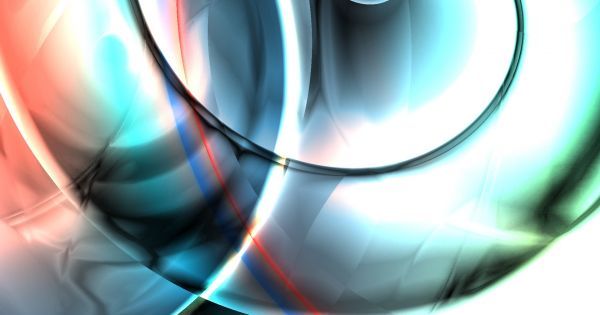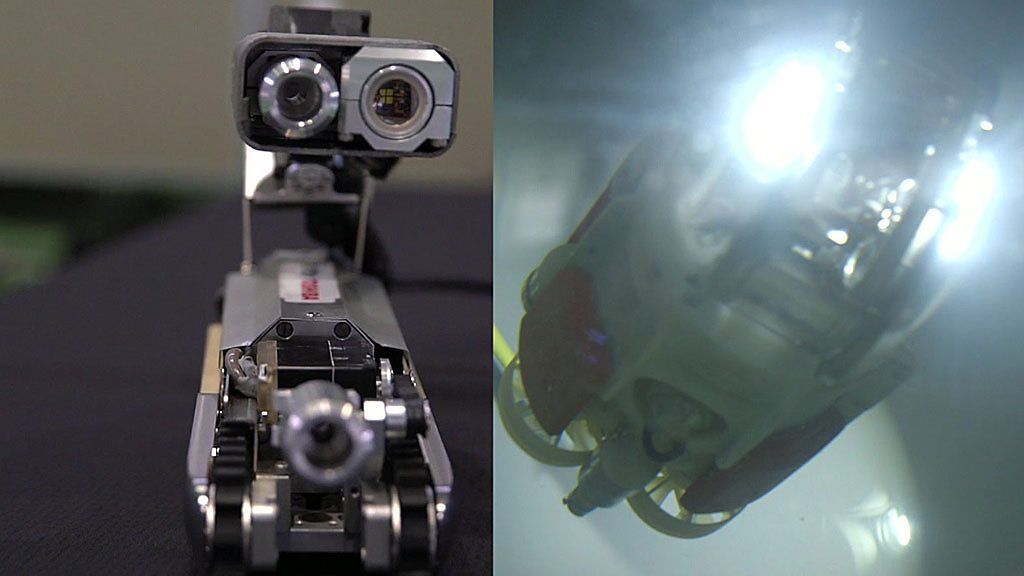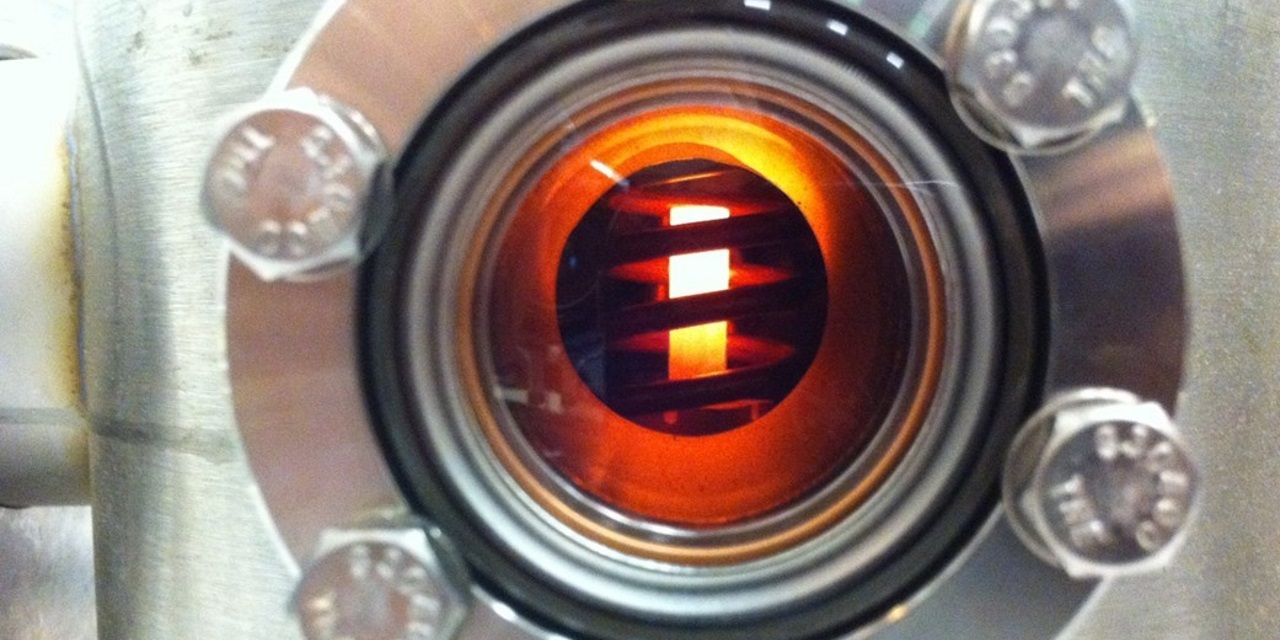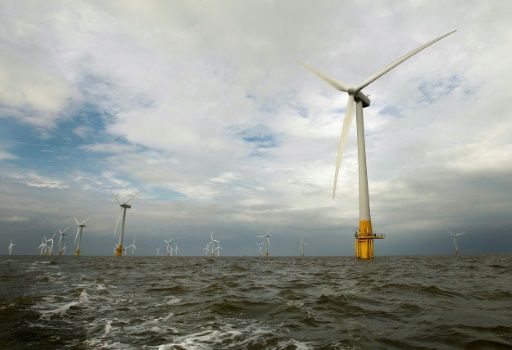Researchers have found a way to prevent helium from weakening nuclear fusion reactors, potentially eliminating an obstacle to harnessing fusion energy.



This sort of thing is rapidly going mainstream, and de Grey, if still a fringe thinker, seems increasingly less so. At the very least, medical science has progressed to the point where “negligible senescence” — eternal youth, more or less — is something it might be a good idea to start talking about before it is suddenly upon us without our having thought through the implications. As with most of the other miracle technologies that have turned our lives inside out over the past 100 years — rampant automation, nuclear power, virtual reality, artificial intelligence and so on — this one, as Shukan Gendai points out, has its dark side.
Is death inevitable? True, everyone born before Aug. 4, 1900, has proved mortal (the world’s oldest-known living person, a Japanese woman named Nabi Tajima, was born on that date). But the past is only an imperfect guide to the future, as the effervescent present is ceaselessly teaching us.
Must we die? We ourselves probably must. But our children, our grandchildren — or if not them, theirs — may, conceivably, be the beneficiaries of the greatest revolution ever: the conquest of death.
WATCH THE FIRST EPISODE NOW: http://bit.ly/2yuwDPF
Check out CNET’s channel: http://bit.ly/2gpeXdr
Dear Future is Motherboard and CNET’s new documentary series built on the premise that technology and science are still capable of wowing us. Fusion energy, DIY off-grid energy systems, decentralized mesh networks, the search for life on other planets, and humanoid robots aren’t far-off science fiction, they’re breakthroughs that are happening right now.
Follow MOTHERBOARD
Facebook: http://www.facebook.com/motherboardtv
Twitter: http://twitter.com/motherboard
Tumblr: http://motherboardtv.tumblr.com/
Instagram: http://instagram.com/motherboardtv
More videos from the VICE network: https://www.fb.com/vicevideo

If the processes powering the fusion reactor at the Sun’s core could be recreated on Earth, it would be one of the most important events in the history of our species. Nuclear fusion power plants could end our dependency on fossil fuels and provide a virtually limitless, highly efficient source of clean energy.
We went to two of the world’s leading nuclear fusion research centers—Sandia National Labs in New Mexico and General Fusion outside Vancouver—to see how close we are to bringing the power of the stars down to Earth.
Follow MOTHERBOARD
Facebook: http://www.facebook.com/motherboardtv
Twitter: http://twitter.com/motherboard
Tumblr: http://motherboardtv.tumblr.com/
Instagram: http://instagram.com/motherboardtv
More videos from the VICE network: https://www.fb.com/vicevideo

Robots have become central to the cleaning-up operation at Japan’s Fukushima nuclear power plant, six years after the tsunami that triggered the nuclear meltdown.
It is estimated that around 600 tonnes of toxic fuel may have leaked out of the reactor during the incident.
The Tokyo Electric Power Company is using a variety of robots to explore areas too dangerous for people to go near.

As the U.S. government continues to pursue plans for a crewed mission to Mars, NASA has contracted with BWXT Nuclear Energy Inc. of Lynchburg, Virginia, to advance concepts in Nuclear Thermal Propulsion (NTP), which could drastically reduce travel times to Mars.
This is part of NASA’s Game Changing Development Program, which takes ideas from academia and industry as well as NASA and other government programs, to advance new approaches to space technologies to accommodate the changing needs of U.S. space efforts.
NTP is not a new concept, but it was abandoned in 1972 when plans for a Mars mission were shelved. NASA conducted ground tests since 1955 to determine the viability of NTP and has occasionally been revisited as a conceptual part of Mars mission feasibility studies.

The price of electricity from offshore wind in Britain has dipped below the level guaranteed to Hinkley Point, raising questions about the construction of the vast nuclear power station.
The Department for Business, Energy and Industrial Strategy disclosed Monday the results of auctions for state subsidies for three new wind offshore farms.
Denmark’s DONG Energy won the auction to build Hornsea Two, which will become the world’s biggest offshore wind farm off the coast of Yorkshire in northern England.